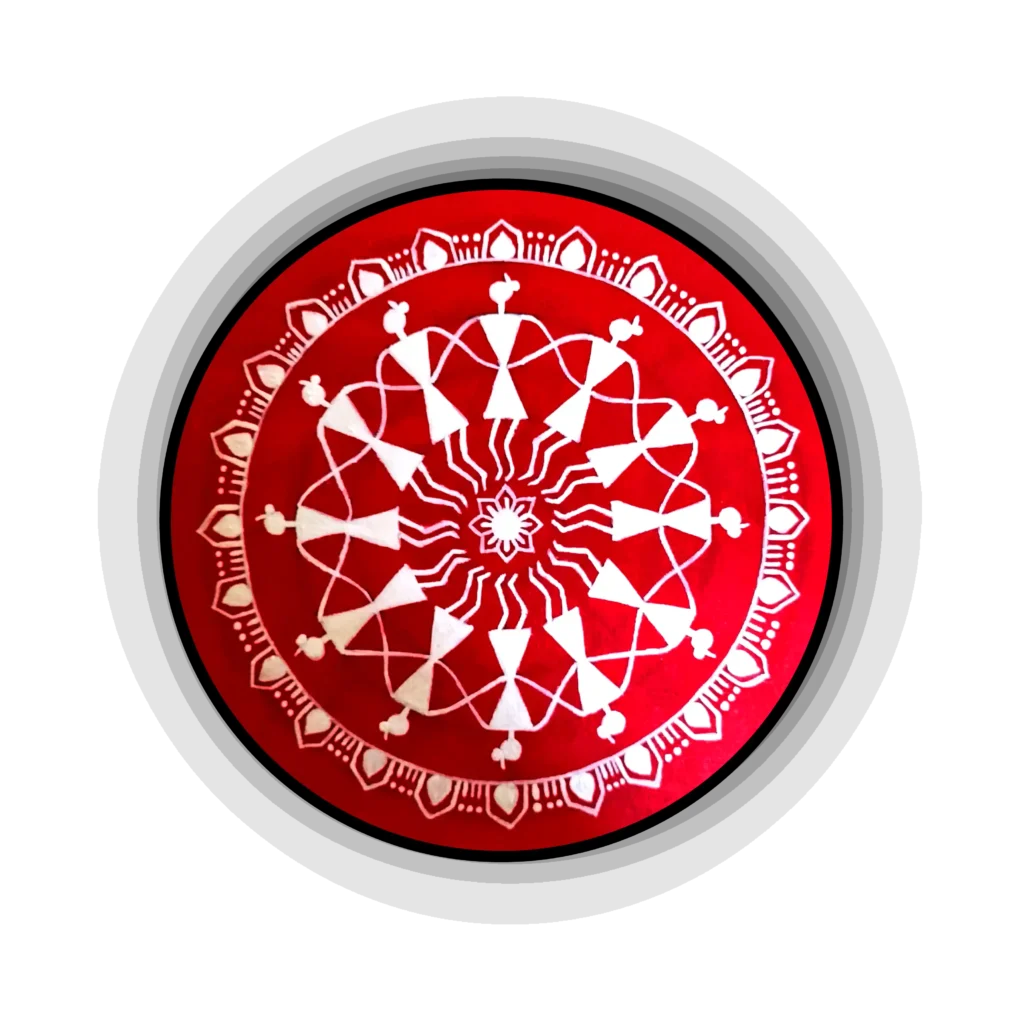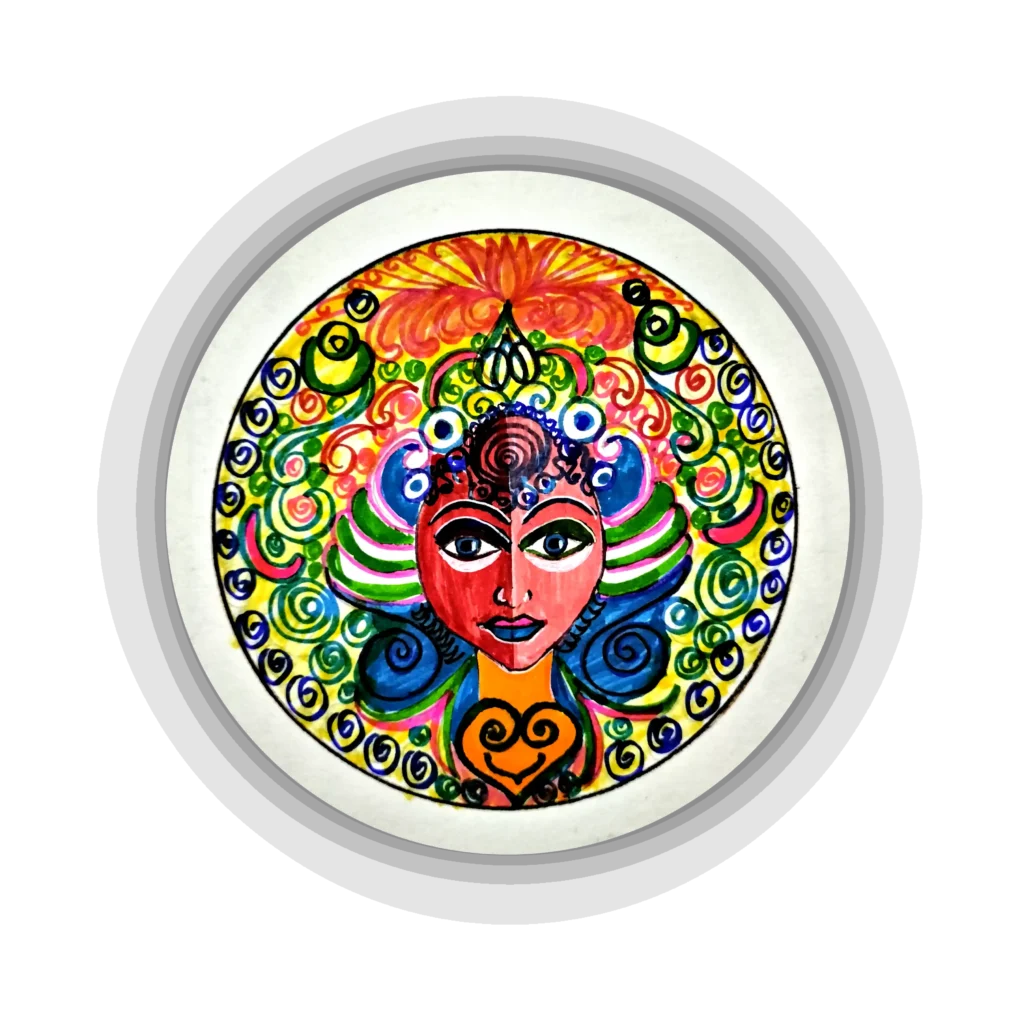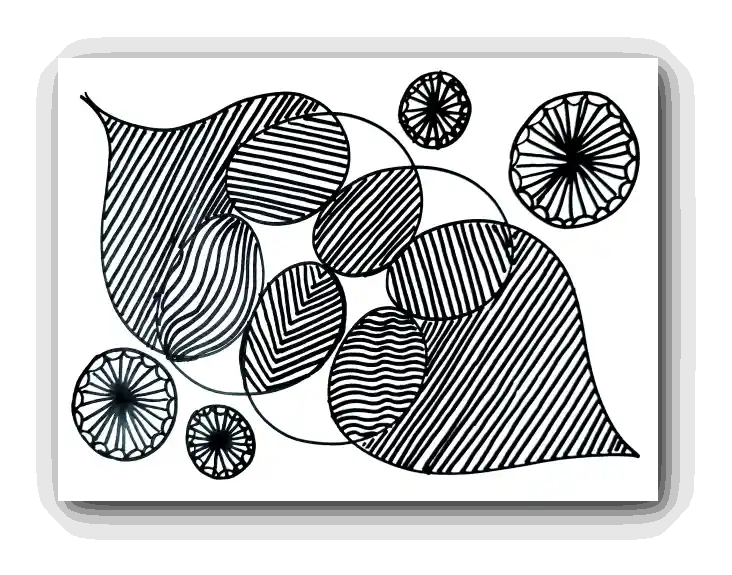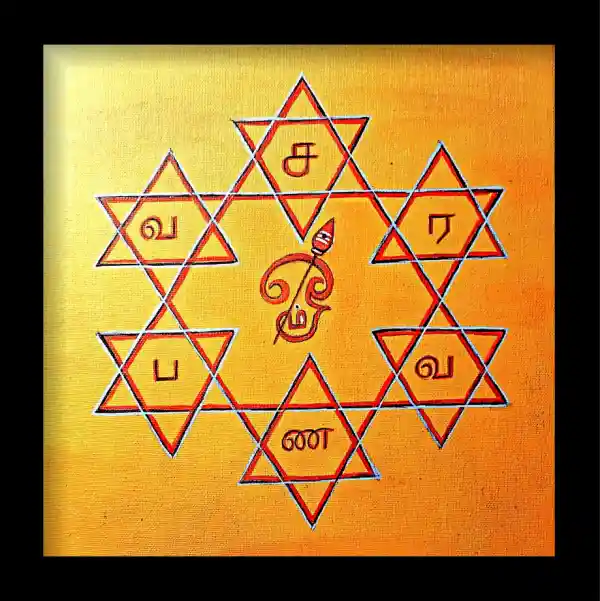Art Gallery
Warli art

Warli art is a traditional form of tribal art that originates from the Warli tribe in Maharashtra, India. Known for its simplicity and rustic beauty, Warli art is characterized by the use of basic geometric shapes like circles, triangles, and squares to create intricate patterns and scenes. The art is typically painted on mud walls using natural white pigments made from rice flour, with a red ochre or brown background.Warli art depicts everyday life, nature, and spiritual beliefs, often portraying scenes of farming, dancing, hunting, and animals. The motifs are symbolic, representing the interconnectedness of human beings with nature and the universe. The art form is primarily passed down through generations, with the women of the tribe being the primary artists.Warli art has gained global recognition for its unique aesthetic and cultural significance. It continues to evolve, blending traditional styles with contemporary elements, making it a cherished part of India’s cultural heritage.
Kali Ma
Goddess Kali is one of the most powerful and revered deities in Hinduism, symbolizing destruction, transformation, and liberation. Often depicted as fierce and dark, with a garland of skulls and a tongue protruding from her mouth, she embodies the destruction of ego, ignorance, and evil forces. Kali is both a destroyer and a protector, helping her devotees break free from the cycle of birth and death (samsara). Despite her fearsome appearance, she represents divine love, strength, and the ability to overcome challenges, bringing spiritual awakening to those who seek her guidance with devotion.
Kali Ma

Mindfulness drawing

Mindfulness drawing
Mindfulness drawing is a creative practice that allows individuals to engage deeply with the present moment while expressing themselves visually. Rooted in the principles of mindfulness, this type of drawing encourages the artist to focus on their thoughts, feelings, and sensations as they flow onto the paper. It’s a therapeutic activity that combines the meditative state of mindfulness with the creative process of drawing, resulting in an experience that promotes relaxation, clarity, and self-awareness.
During mindfulness drawing, there is no emphasis on creating a perfect or polished piece of art. Instead, the focus is on the act of drawing itself—on the tactile sensations of the pencil on paper, the rhythm of each stroke, and the awareness of how the body feels while drawing. This practice often involves breathing deeply and allowing any thoughts or distractions to gently pass by without judgment, maintaining an open and accepting mindset toward whatever arises.
Mindfulness drawing can take many forms: from free-flowing sketches and abstract patterns to more structured designs like mandalas. The beauty of this practice lies in its versatility; whether you are an experienced artist or a complete beginner, the process is accessible and beneficial for all. It invites you to let go of external expectations and embrace the joy of creation for its own sake.
Through mindfulness drawing, individuals can cultivate a sense of calm, reduce stress, and gain clarity of mind. It offers a gentle pathway to self-discovery, helping you connect with your inner thoughts and emotions in a non-judgmental way. Ultimately, mindfulness drawing is not about the final product, but about the mindful journey of being fully present in the moment.
Shatkonam Murugan Kolam is a traditional South Indian rangoli design, predominantly seen in Tamil Nadu, associated with the worship of Lord Murugan, the Tamil god of war. The kolam features six interconnected triangles arranged symmetrically to form a hexagonal or star-like shape. This geometric design is created using rice flour, often colored with vibrant powders for festive occasions or special prayers.The six-pointed design symbolizes the spiritual and cosmic harmony associated with Murugan, representing his divine power and energy. The number six holds significance in Tamil culture, often linked to Lord Murugan, who is depicted with six faces. The intricate patterns of the Shatkonam Kolam serve as a visual representation of the balance between the physical and spiritual worlds, inviting prosperity and peace to the household.Traditionally, these kolams are drawn at the entrance of homes during auspicious occasions and religious ceremonies, invoking blessings and ensuring positive energy.
Shatkonam Murugan Kolam

